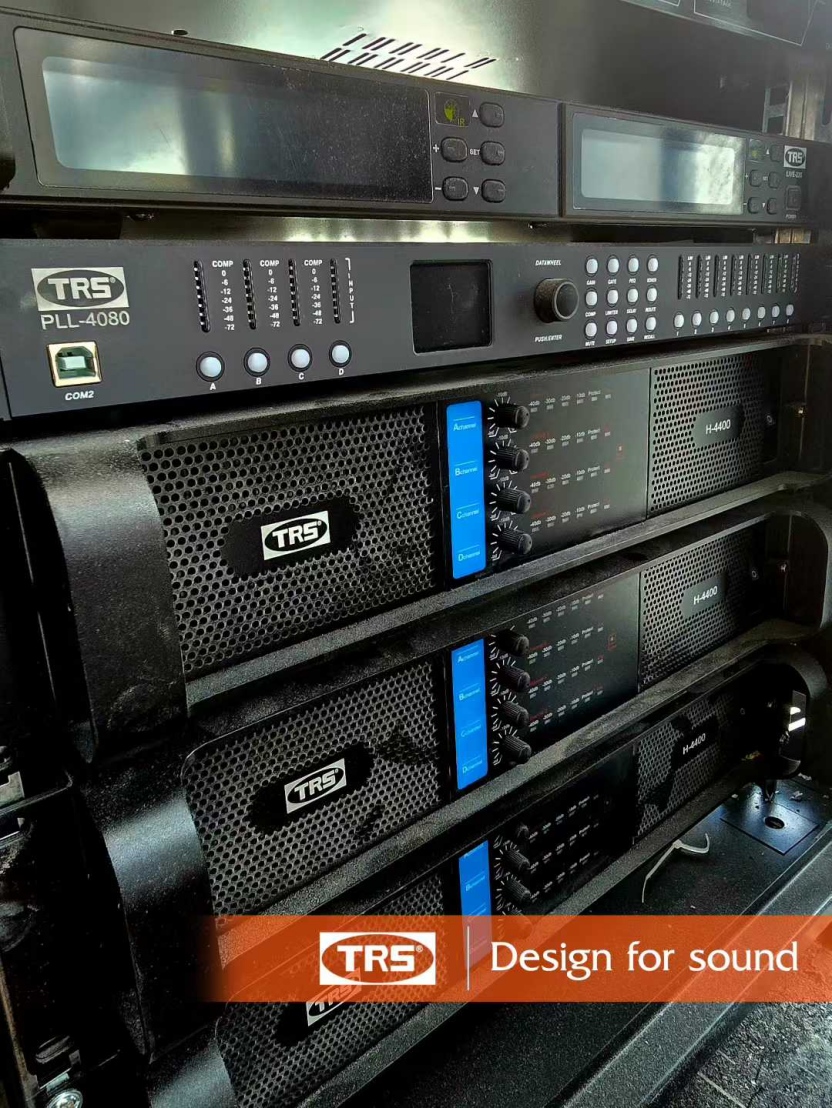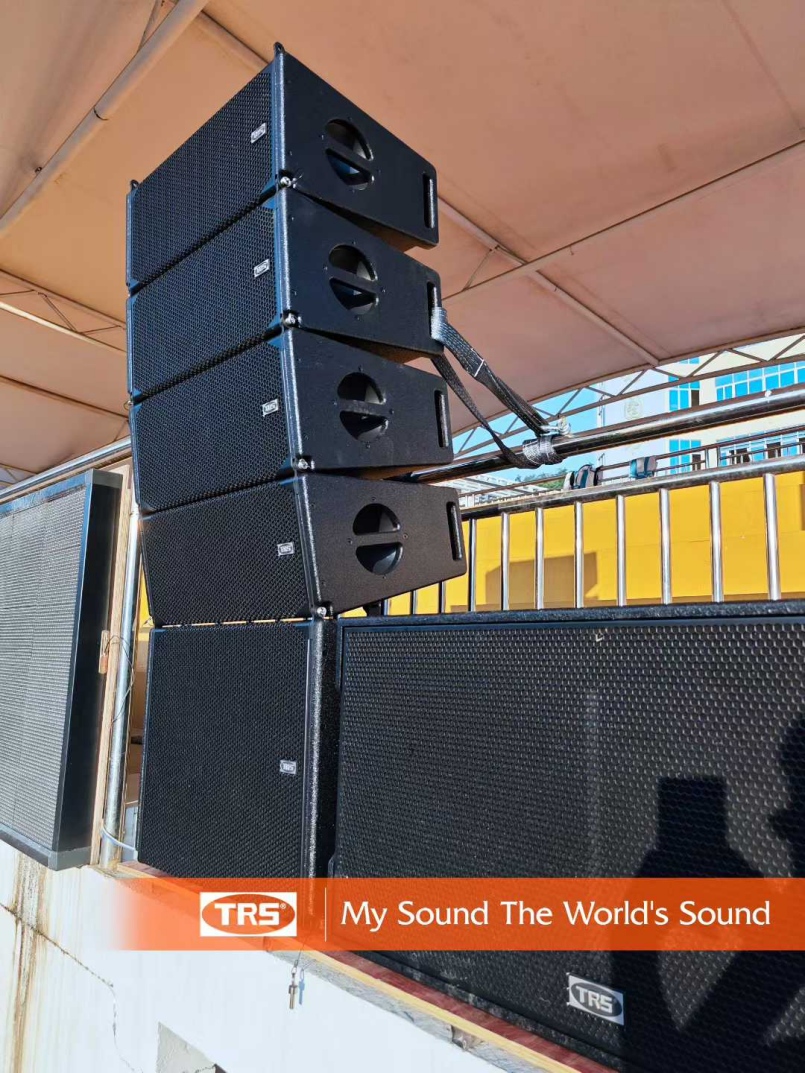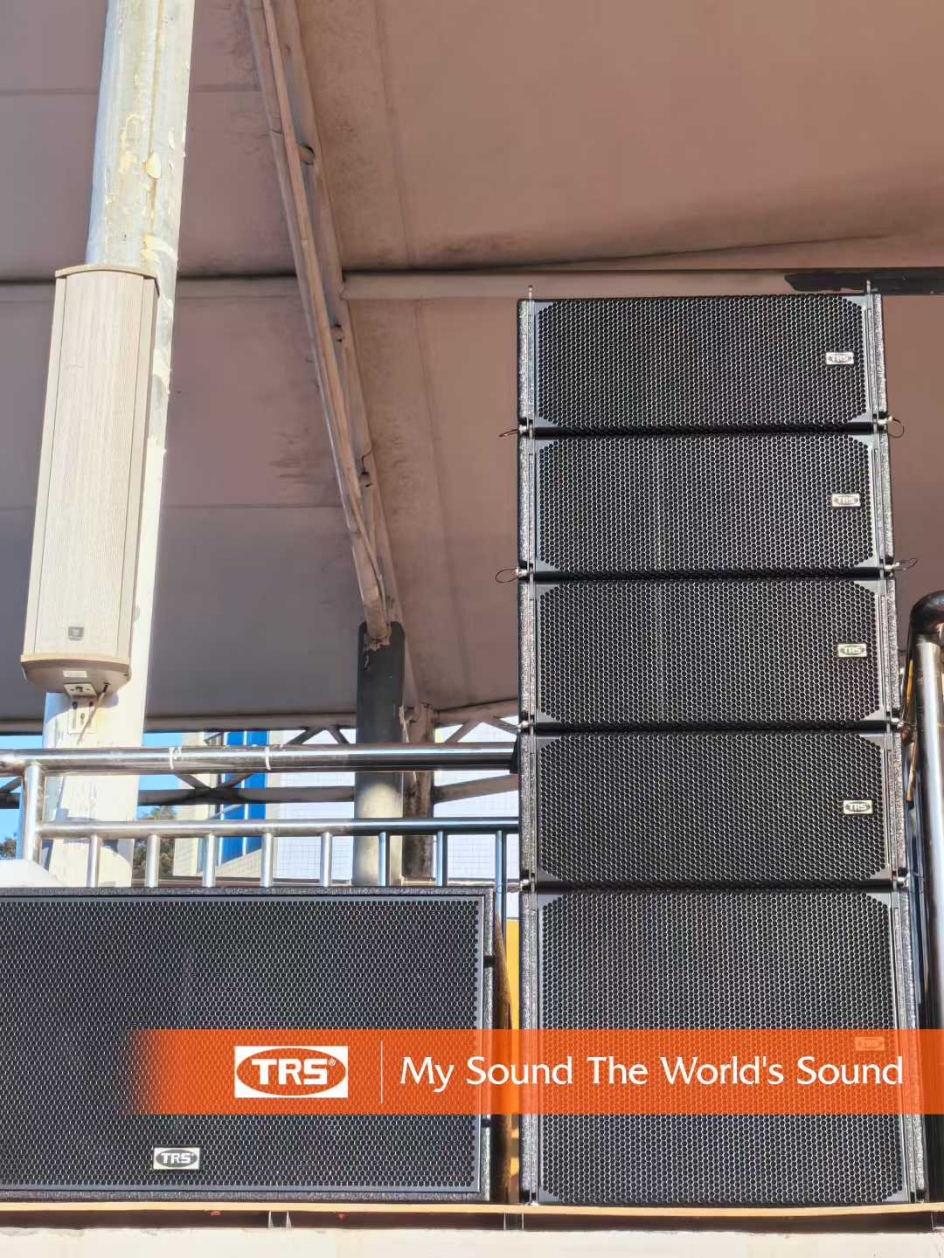The “Soul” of Theaters and Opera Houses: How Audio Systems Perfectly Balance the Artistic Expression sound
In the artistic sanctuaries of theaters and opera houses, we seek an ultimate emotional resonance: actors’ voices that pierce the soul, orchestral performances that envelop the body, and the nuanced delivery of lines that evoke boundless empathy. Many believe this space should be a kingdom of pure natural sound. Yet, in modern large-scale performance venues, a superior professional audio system is not an intruder upon art but rather the “soul” that perfectly reveals natural sound and amplifies emotion infinitely. Its highest mission is to achieve a delicate balance sound “invisible” to the audience, allowing technology to serve as the most loyal servant of art.
The starting point of all balance lies in the reverent capture of raw sound. Grand stages and the powerful accompaniment of orchestras, the vocal performances of actors reach their limits in terms of dynamics and penetration. At this moment, high-quality microphones play a crucial role as the indispensable “invisible listeners.”.
These microphones—perhaps head-worn models hidden in actors’ hair or lapel-mounted ones attached to costumes—must possess exceptional sensitivity and extremely low background noise. Their purpose is not to alter but to faithfully capture: the subtle shifts in a singer’s breath while performing, the delicate tremors of emotion in an actor’s spoken lines. This is the most fundamental respect for an artist’s creative process, providing the purest and most authentic raw material for subsequent sound shaping.
When the most authentic sound is perfectly captured, it enters the core stage of creation—artistic reproduction and elevation through a professional audio system. This is far from mere volume amplification, but rather a meticulous acoustic sculpture.
A top-tier audio system, with main speakers and auxiliary speakers concealed within the architectural structure, creates a uniform and immersive sound field. The digital audio processor, serving as the system’s “brain,” intelligently processes signals from microphones: it may subtly enhance the mid-frequency clarity of dialogue, ensuring every key line is crisply articulated and emotionally gripping; it adds just the right spatial reverb to solo vocals, seamlessly blending them with the theater’s inherent acoustic characteristics; and it dynamically controls volume levels, allowing everything from a sigh to a mournful cry to be rendered with distinct layers and natural realism.
All these efforts aim for a single goal: to make the sound appear as if it were naturally emitted from the actor’s position, seamlessly blending with the acoustic instruments in the orchestra pit. The audience experiences an enhanced artistic impact, not the trace of electronic equipment. This is the true value of high-quality professional audio—like an invisible brush, it meticulously refines the canvas of sound without revealing the presence of its strokes.
When the heroine’s aria, carried by the audio system, retains the natural texture of the voice while brimming with awe-inspiring grandeur; when the pivotal dramatic lines, transmitted through the microphone, deliver every subtle emotional ripple to the hearts of the audience, we witness the most perfect union of technology and art.

Post time: Oct-10-2025


